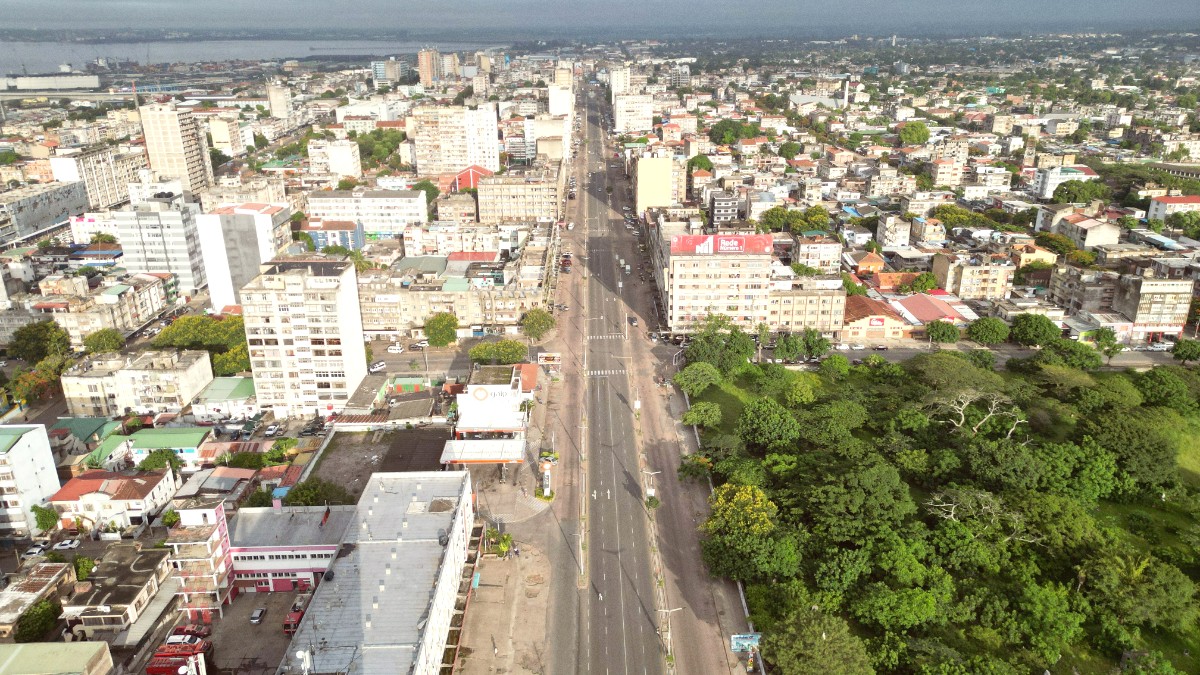
Mozambique
Step outside, and the city unfolds before you. Grand colonial buildings, remnants of a Portuguese past, stand alongside modern high-rises, each telling a piece of Maputo's complex story. The sidewalks, sometimes uneven, lead you past lively cafes, bustling markets, and quiet residential streets shaded by jacaranda trees. People move with purpose, their conversations a cheerful mix of Portuguese and local languages, their smiles quick and genuine. This city offers more than just sights; it provides an experience that engages all your senses. It invites you to participate, observe, and connect. Prepare to be charmed by Maputo’s unique character, a city that leaves a lasting impression long after you depart.
Maputo, originally known as Lourenço Marques, holds the deep imprint of its colonial past. Founded by the Portuguese in the late 18th century as a trading post, it grew into a prominent port city under colonial rule, serving as the capital of Portuguese East Africa. This history is visible in the city’s architecture, from the grand administrative buildings of Baixa to the elegant residential villas of Polana. The grid-like street plan, distinct tiling on buildings, and the names of many streets and squares reflect this enduring Portuguese influence.
On June 25, 1975, Mozambique declared its independence, and Lourenço Marques was renamed Maputo, symbolizing a break from the colonial past and a reclaiming of national identity. Following independence, Maputo faced new challenges, including a protracted civil war (1977-1992). Despite these hardships, Maputo exhibits remarkable resilience, undergoing considerable reconstruction and development in recent decades.
Maputo is a city that engages all senses, offering a distinctive experience for any traveler. The central Baixa district showcases historical grandeur, even as some buildings show the wear of time, while areas like Polana boast leafy avenues and modern structures. The city’s colors are vivid, from the traditional capulana fabrics worn by locals to the colorful produce overflowing in the markets. It is a city that never truly sleeps, with a persistent hum of activity.
Maputo sits on the western shore of Maputo Bay, a large natural harbor that feeds into the Indian Ocean. This strategic coastal location shapes the city’s history and continues to define its character as a port city and a gateway to Southern Africa. The city occupies a relatively flat coastal plain, which gradually rises inland. Its proximity to the sea influences its climate, bringing humidity and the occasional cooling breeze.
Portuguese establish a trading post, laying foundations for the city.
Lourenço Marques becomes a prominent port and colonial capital.
Mozambique gains independence; Lourenço Marques is renamed Maputo.
The city grapples with the civil war, impacting its growth.
Maputo begins reconstruction and economic development.
The flavors of Maputo’s cuisine are a highlight, reflecting its diverse influences. Expect fresh, succulent seafood, especially the famous peri-peri prawns, grilled to perfection with a spicy kick. Portuguese pastries, Indian-influenced curries, and traditional African staples like matapa (cassava leaves in peanut sauce) contribute to a dining scene that is both varied and deeply flavorful. The aroma of grilling food, sweet tropical fruits, and savory spices fills the air, inviting you to taste.
Maputo represents Mozambique’s journey from colonialism and conflict to peace and development. Its historical sites, like the Fortaleza and the various museums, offer glimpses into different eras of its past. Walking through Maputo is like stepping through the layers of its history, observing how different influences converge to shape the unique character of this African capital.
Maputo serves as an economic hub for Mozambique and parts of Southern Africa, facilitating trade and connecting the region to global markets. The bay itself is a busy waterway, with cargo ships, fishing boats, and smaller passenger ferries traversing its waters. You notice the constant presence of the ocean, whether through the salt in the air or the seafood on your plate, underscoring Maputo’s deep connection to the sea.
Whether you are seeking historical immersion, culinary adventures, lively nightlife, or simply a taste of authentic African urban life, Maputo presents a compelling destination. It delivers an experience that is both real and rewarding, inviting you to discover its unique charm.
Maputo presents a urban landscape where Portuguese colonial architecture meets modern development. The city's energy is palpable, from its bustling markets to its tranquil coastal views.
The city serves as Mozambique's economic and cultural heart, offering a gateway to explore both the country's past and its promising future.
Enjoy abundant sunshine, especially during the dry season, making outdoor activities delightful.
Maputo functions as a port city, driving trade and regional connections.
A fusion of African, Portuguese, and Indian flavors awaits your taste buds.
Maputo's urban sprawl includes varied districts, each with its own character.